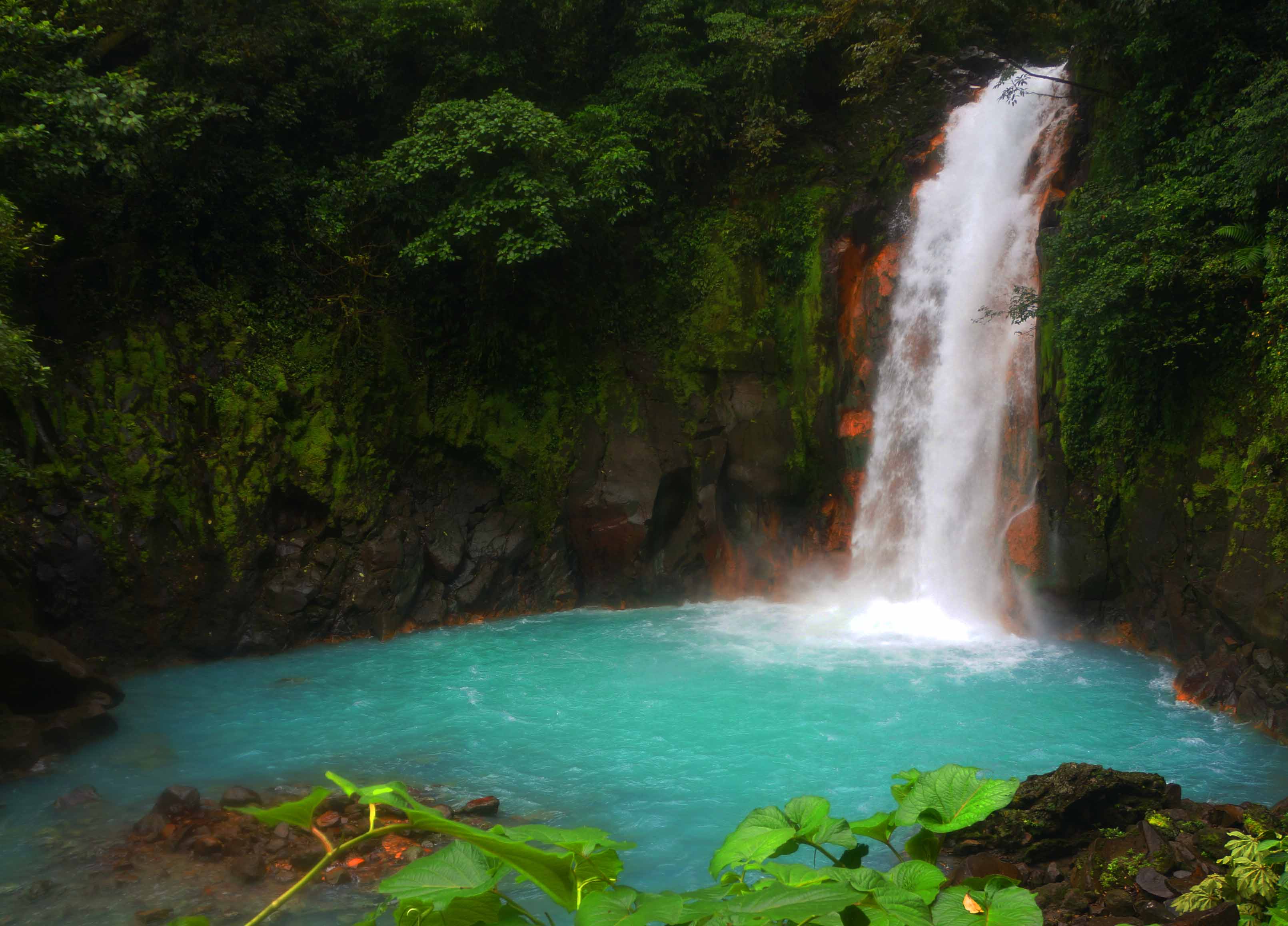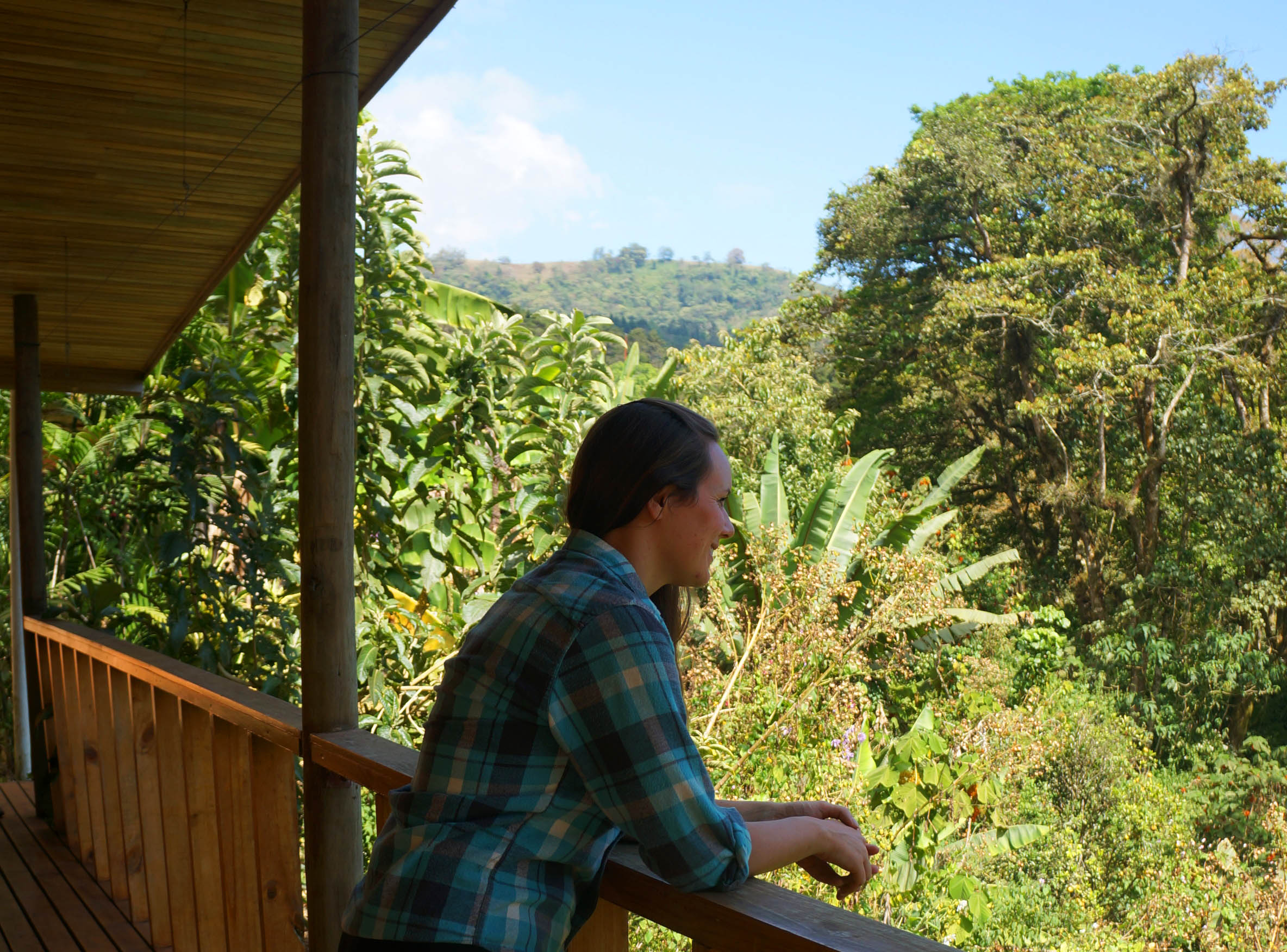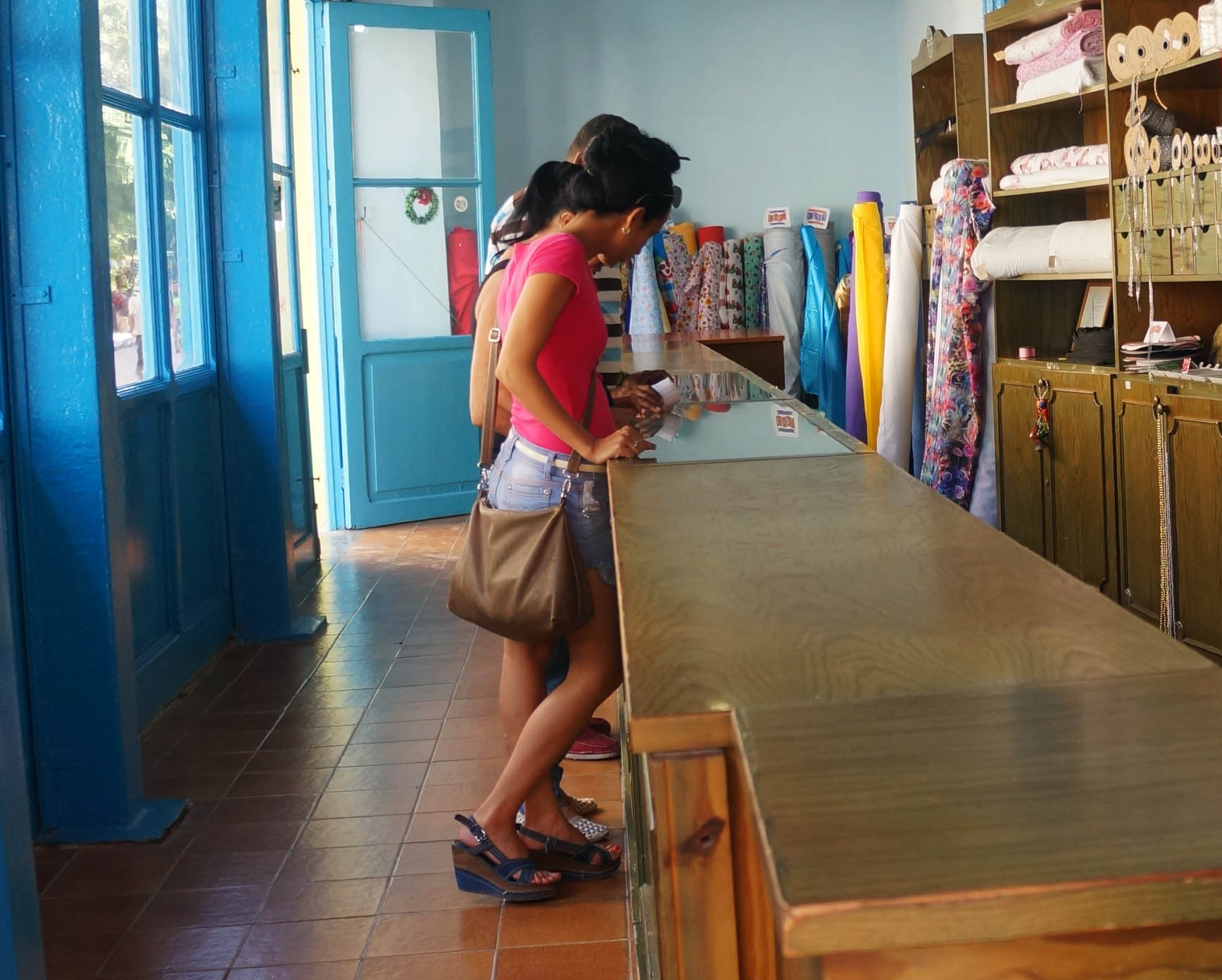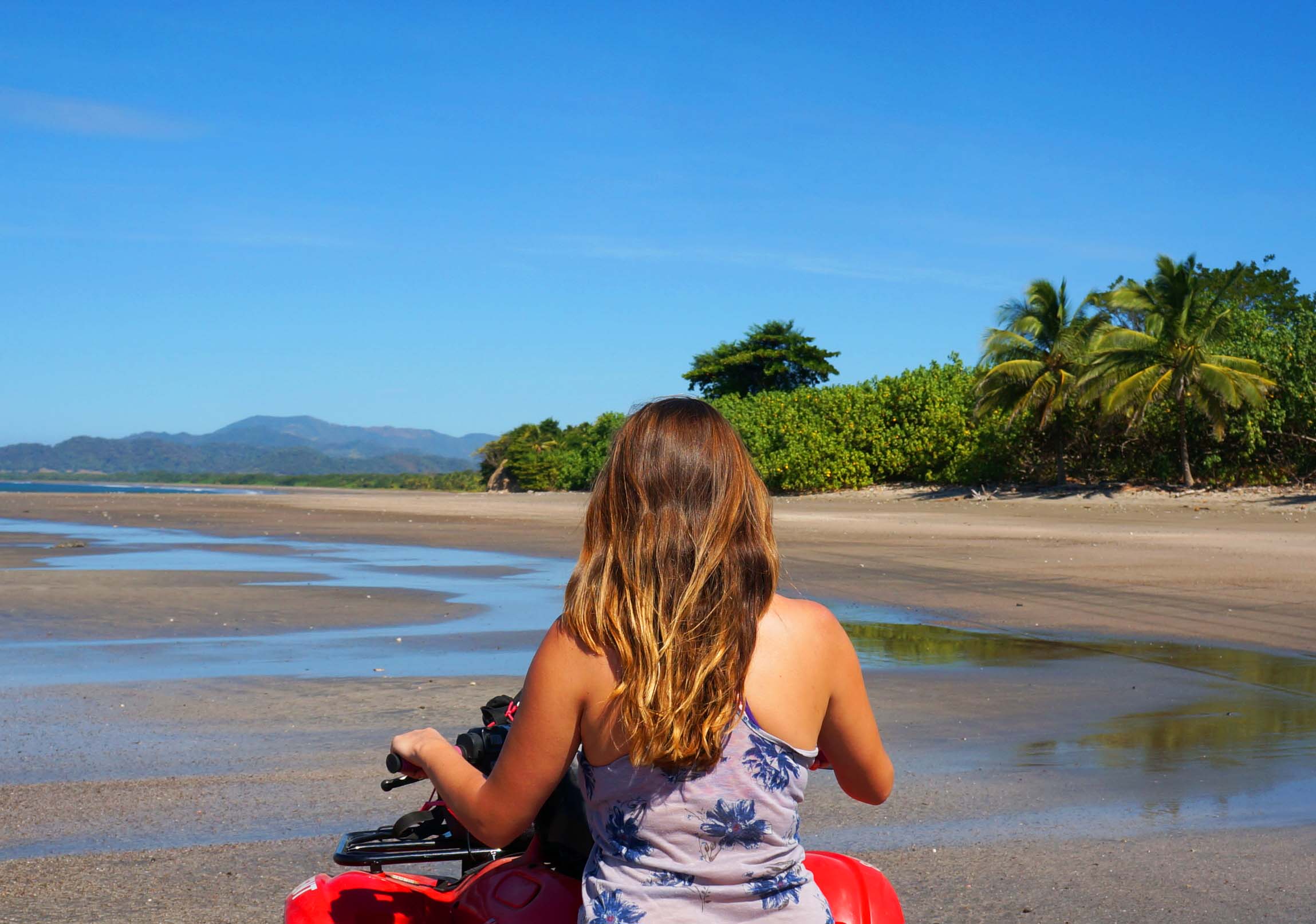On a sunny morning in Santiago, Chile, I walk through the tranquil streets of Providencia. Autumn has just started in South America but it still feels like a summer morning. Soft sunlight pours through the dense green leaves on the
It's hard to believe I lived in Costa Rica for a year and a half. Well, that's not entirely true. Some days it felt as if I' was there for an eternity and never had any life other than the one was
The walls of the open-air lounge at Rancho Armadillo Estate are adorned with newspaper clippings with headlines that read “The Kindest Hotel Owner in Costa Rica” and "Rancho Armadillo: Like Visiting a Friend With a Really Cool House." There are pictures of local
One week. After one year, five months and four days of living abroad in Costa Rica, one week is all I have left of my life in the rainforest. Beyond that week lies a future filled with unknowns. The pending end
It was the kind of dress I’d always wanted to own– a form fitting red bandage dress with a plunging v-neck. Sleek, vibrant, with ribbed strips of fabric that cling to every curve. And it was the kind of dress I’d
Standing atop a damp crag of a rock, peaking over the edge of Montezuma Falls as a stream of water swiftly plummets downward, violently kicking off the jagged cliff side and bucketing into the deep pool below, I felt something I
With only one day to spend in Santa Teresa and miles of beaches to explore, my Tico travel buddy and I knew we needed a way to cover a lot of ground fast. With a set of wheels in the
Bright pink hues of the rising sun filter through the verdant treetops and softly land at the base of my bed, before melting into a bright yellow. It is dawn in Montezuma, Costa Rica and from my vantage point in
It’s hard to believe that we are some how two weeks into the New Year -- 2016 is already well underway! How are you doing with those New Year's Resolutions? I'm not the biggest fan of New Year's Resolutions -- I prefer
Today I'm headed back to the United States to spend Christmas with my family in Maryland and ring in the New Year with a few of my travel buddies from Madrid in Washington D.C. I can't wait to spend time











